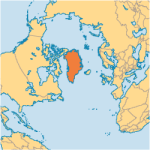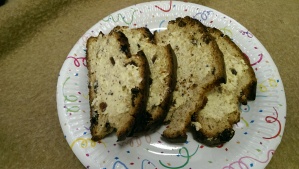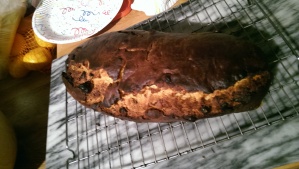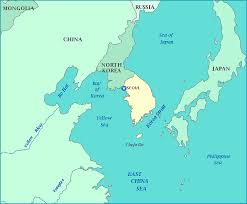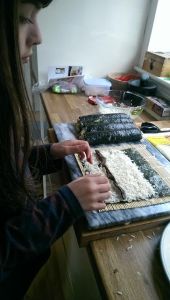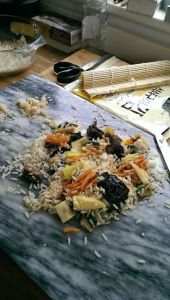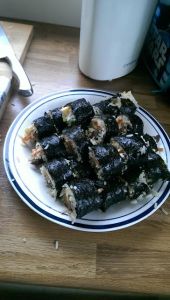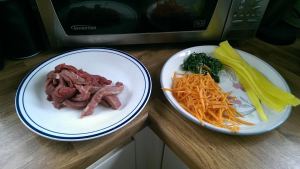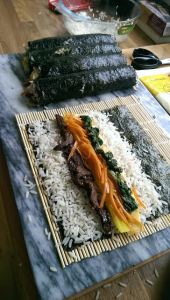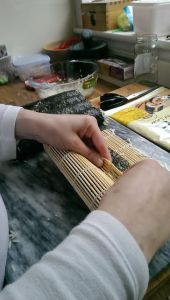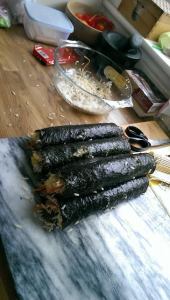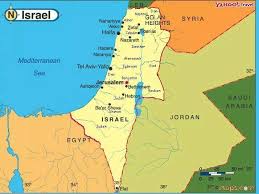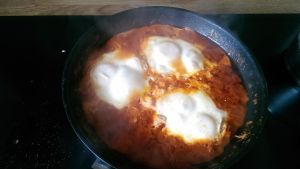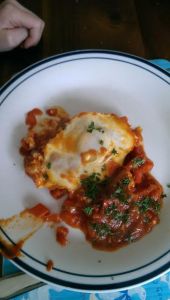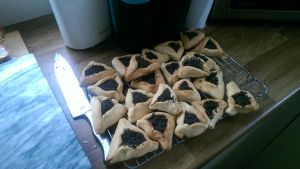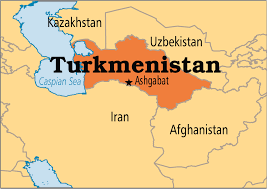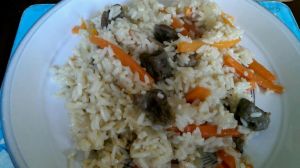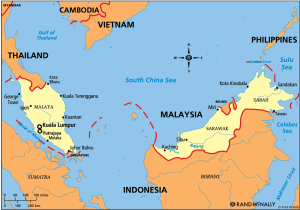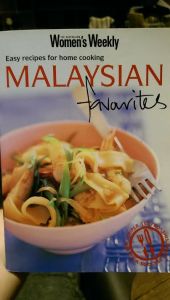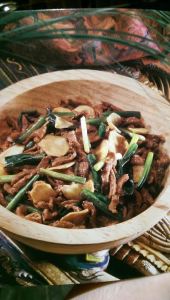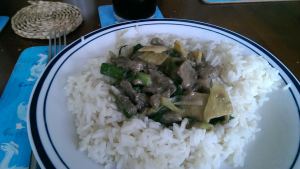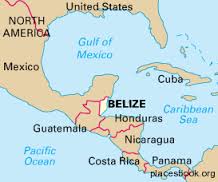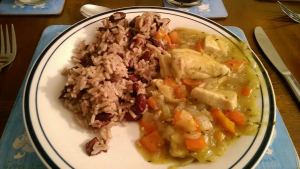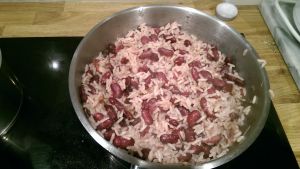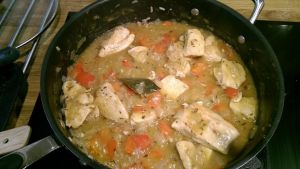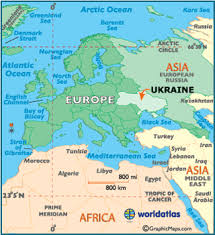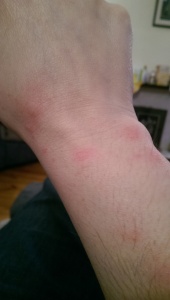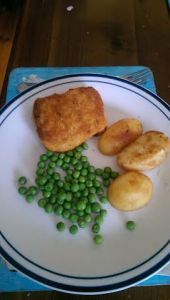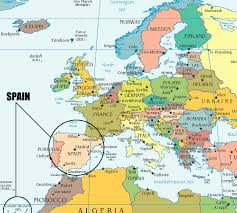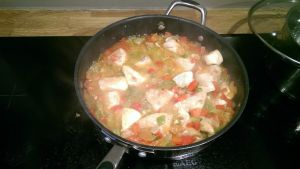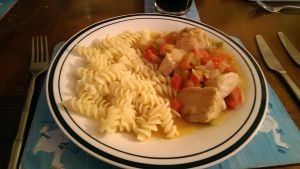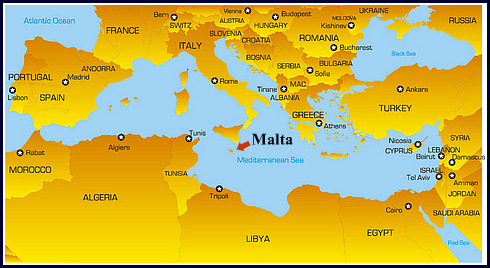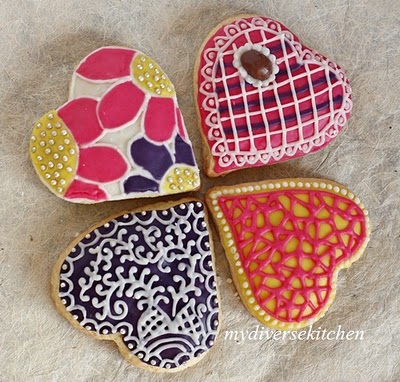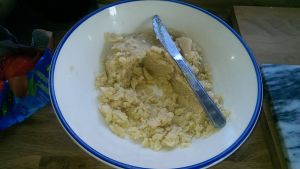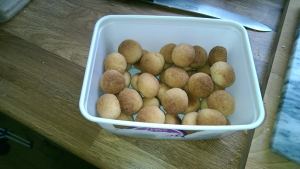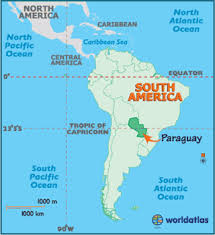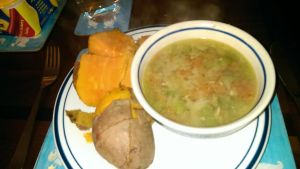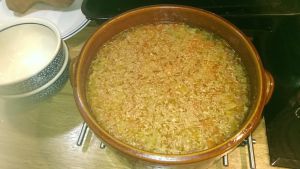Dish 40. It’s the half-way point! Happy Days! Oh frabcious day! Calloo Callay! I chortle in my joy. I thought I’d celebrate getting half-way through the project by choosing a country where I can organise a three-course meal and invite Mum and Dad round. After all, 40 dishes of this… this… thing is a big deal. It deserves a celebration. I deserve the celebration and congratulations – I think anyway. But the reality was of course completely different. Because it turned out that number 40 day coincided with the Big Church Picnic at my church. This is my church, Chichester Baptist Church. I don’t think I’m actually in the video linked, but it’s still my church.
And so we had this picnic, both the evening and morning services together. It was meant to be at the college, but it was rather rainy, so we had it in the church, with all the chairs moved back, sitting on rugs on the church floor. There were tug of war bouts and various games in different rooms, so I didn’t actually see Daniel once he’d finished eating. I can’t even say what he was doing, because I have no clue. Possibly massive Jenga, or bridge building, possibly watching older boys play pool. But why is this relevant to Dish 40: Greenland? Well, I could hardly have a 3-course meal when I’d been picnicking at church all day. So I chose a country that’s been on the back-burner since September 2015, when I realised I was never going to manage three dishes every two weeks and never got round to doing the dish I had intended. So Greenland it was.
Greenland is a massive island between the Atlantic Ocean and the Arctic Ocean. It rarely gets dark in the summer and in the winter the aurora borealis gives a good show. It is not officially a country, as it is owned by Denmark, although actually it’s somewhat autonomous these days. Neither is it green, as it’s mostly covered by a large ice sheet. In fact Greenland and Iceland should swap names really. It’s clearly a ridiculous misnomer. Nuuk is the capital city and the language is Greenlandic. It’s the most sparsely populated country in the world, many of these inhabitants are Inuit. Father Christmas also lives there. Daniel used to think that if you walked down the street in Greenland you’d find igloos and “normal” brick houses next to each other, next door neighbours. I’m confident he’s wrong!
As I searched for Greenlandic food in September last year, I discovered quite quickly that most of their recipes were really not for me. Or most people in fact. Being an island, there are lots of fishy recipes. But their other staple meats are whale, seal, reindeer and caribou. I might be able to buy reindeer meat from a specialist butcher somewhere, but I’d rather not. Reindeer are cute, well Father Christmas’ reindeer that came to the school Christmas fete last year were anyway. And then there’s kiviat, which is in a grossness league of its own. Wikipedia has this to say about kiviak:
“About 500 auks are packed into the seal skin intact, including beaks, feet and feathers. As much air as possible is removed from the seal skin before it is sewn up and sealed with seal fat, which repels flies. A large rock is then placed on top to keep the air content low. Over the course of seven months, the birds ferment, and are then eaten during the Greenlandic winter, particularly on birthdays and weddings.”
How grim can you get. You can also make it with guillemots quite successfully, but not eider, as it doesn’t ferment very well and causes botulism. Well, what do you expect?
Bearing all this in mind, it was a blessed relief to discover that they eat bread as well. In fact they have a rather nice sweetbreads, with raisins and cardamom in it. Except that actually although I put cardamom in it, now in searching for the recipe I used I can’t find one anywhere that has cardamom in the actual loaf, which is what I remember it being. Instead there’s cardamom mixed with icing sugar dusted on top, which mine didn’t have. I’ve spent ages looking for the right recipe that I must have used, but now I’ve got to admit that I must have done it wrong. And looking at the website I’ve linked to below, it’s easy to understand how (although it’s now just as easy for me to see that it’s wrong!). Look, it says “add yeast to the other ingredients” and the bit about brushing the sugar and cardamom on the top is separated from the rest of the recipe by a picture. I reckon I therefore added all the ingredients at that point, rather than leave the cardamom and icing sugar to sprinkle over the top. So there we go, I did get it wrong. What a numpty.
But there we have it. You can try the recipe I thought was right but wasn’t or you can try the recipe as it should have been.
Kalaallit Kaagiat, then, is the name of this Greenlandic sweetbread. It was alright, I wouldn’t go so far as to say it was the tastiest food I’ve ever cooked, but given that it was the first time I’ve ever made bread (apart from the Latvian piragi), I don’t think I did badly. It looked a bit burnt on the crust, but hey there’s only a little bit of crust on each slice isn’t there. The bread itself was rather though and I expect if I were a better baker I’d be able to do something about that, or at least know what to do about it.
We took a few slices, covered in butter, to the Big Church Picnic. Our minister, Ken Ben, had his lunch with us on our rug, but although he shared our strawberries he turned down the opportunity for a slice of kalaallit kaagiat. We decided it would taste much nicer spread with strawberry jam and we were right. So I took a couple of slices lathered in strawberry jam to school for Mrs Budgen, my chief cake taster. She was a bit bemused as to why I was presenting her with a jam sandwich – she didn’t realise I’d made the bread, until I spelt it out to her. Yes, she honestly thought I’d randomly brought a jam sandwich in to school to feed teachers. What a vote of confidence in my mental state! Clearly that’s the sort of bizarre behaviour she has grown to expect from me. Anyway after explanation she understood the situation and devoured my offering happily enough.
As I said, it wasn’t the nicest loaf, it was ever so, ever so filling. We didn’t actually finish the loaf – it lasted so long we ended up chucking the end away.
Kalaallit Kaagiat
Ingredients
1/2 cup sugar
1/2 cup raisins
1/2 cup butter
1 cup boiling water
2 1/4 teaspoons yeast
1/4 cup lukewarm water
3 – 3 3/4 cups plain flour
1 tbsp milk
1 tbsp icing sugar
1/4 tsp ground cardamom
Method
- Put the sugar, raisins and butter in a large bowl. Add some boiling water and leave it until the butter melts.
- In a small bowl, dissolve 1/4 tsp sugar in lukewarm water.
- Sprinkle yeast on top and leave 5-10 minutes until it becomes foamy. Well actually it says 5-10 minutes but actually it’s considerably longer than that. I think I gave up waiting when I saw the first bubble.
- Add the yeast to the other ingredients melting the butter and mix to combine.
- Add 2 cups of flour and mix until you have a rough dough.
- Add the rest of the flour, a little bit at a time, until the dough is soft and elastic.
- Knead well for 5 minutes and put it in a lightly greased bowl.
- Cover the bowl with clingfilm and a teatowel.
- Leave to rise for about an hour until it has doubled in size.
- Preheat the oven to 200C.
- Cover a baking tray with greaseproof paper and spread some butter on it. I didn’t do the butter bit and the paper stuck to the bottom of the loaf. Had to peel it off each slice!
- Shape the dough into a loaf and place it on the baking tray.
- Cover with a towel and leave to rise for another 30 minutes.
- Brush the top with milk and bake for 30 minutes.
- Reduce the oven to 180C. Bake for another 15-30 minutes.
- In a small bowl, mix the icing sugar and the cardamom. Dust over the cake.
Spread butter and strawberry jam on each slice and enjoy.

